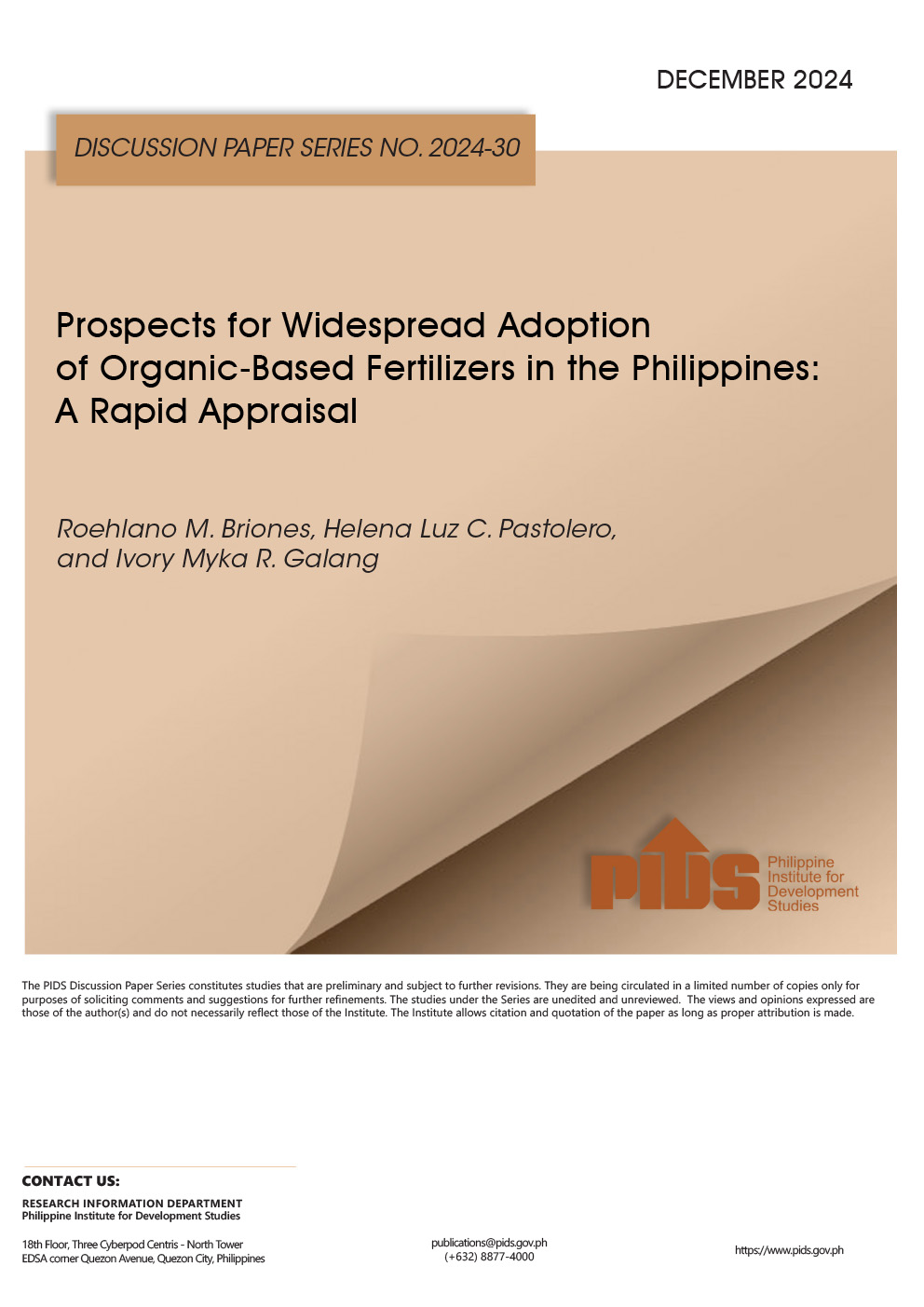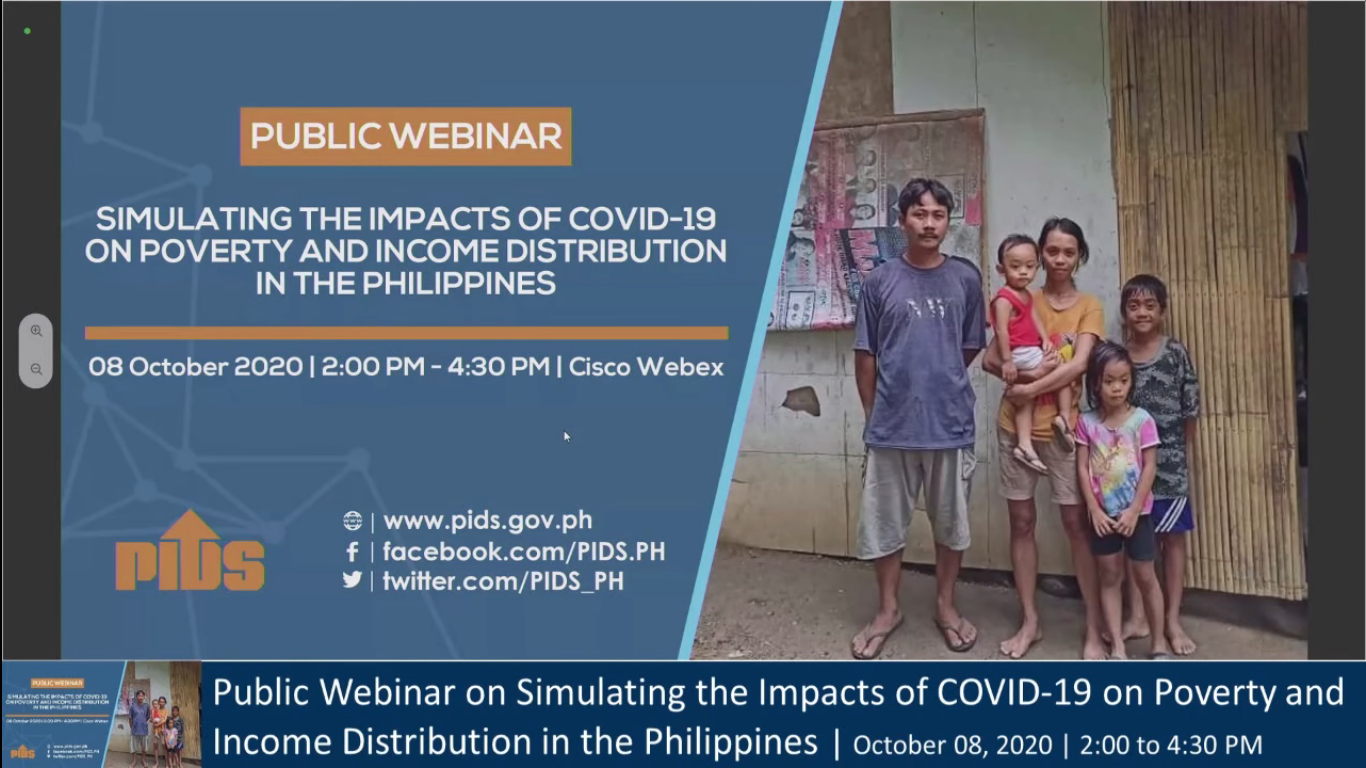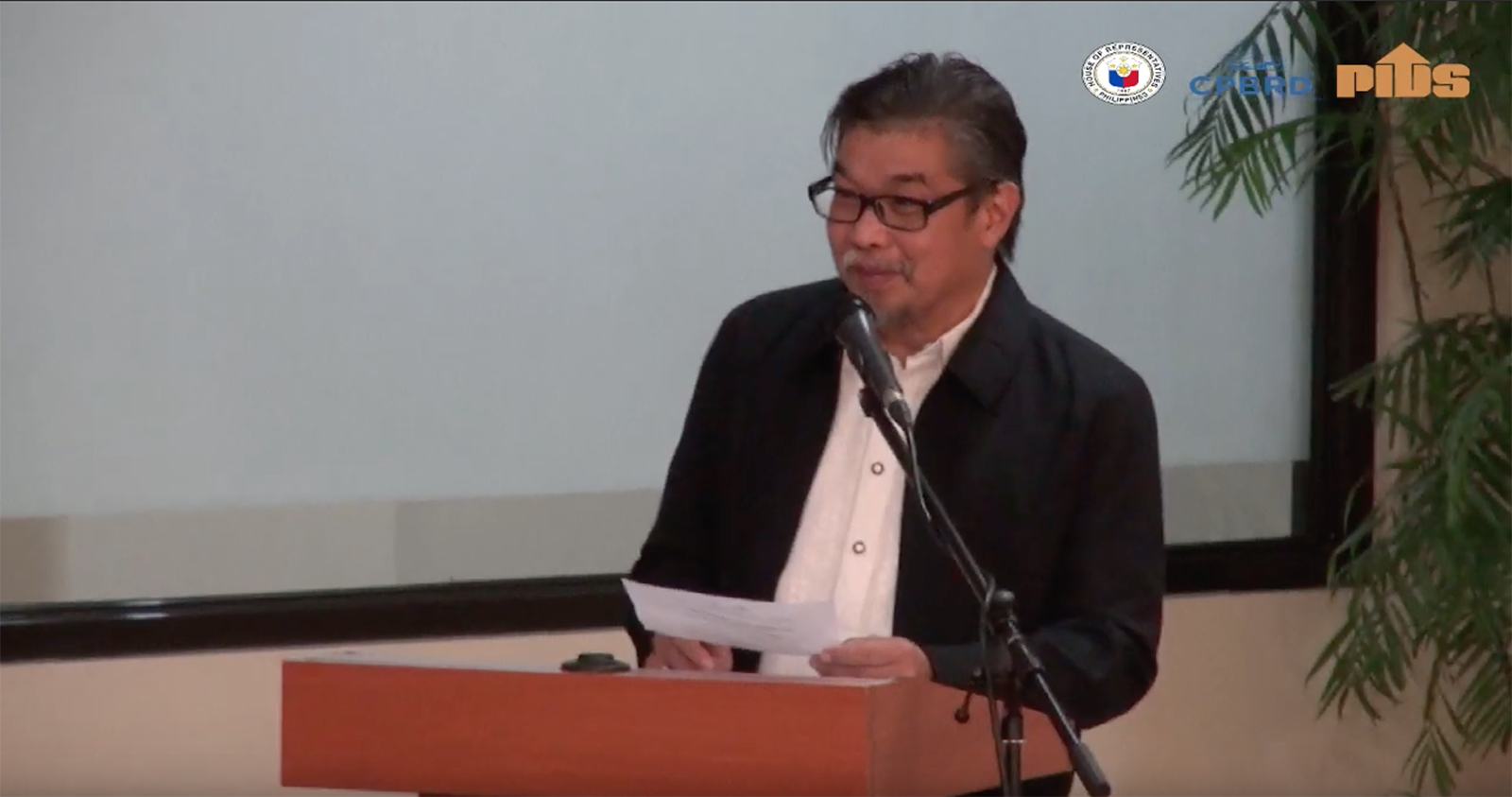Mang Pedro, temporary construction helper, married, father of three, could not even afford the P38-lunch sold on the sidewalk. He squatted in a corner, away from the other workers boisterously competing for the bigger slices and the more generous-looking rice portions of Aling Rosa’s food. He carefully opened his “baon” (packed lunch). It was plain boiled white rice — but twice the quantity of Aling Rosa’s serving. No viand. Over the rice, he squeezed the ketchup from the frayed foil packet that he picked up from a fast food outlet.
“Ayos. Basta may kanin!” (Ok, as long as there’s rice.)
In the Philippines, rice is the major staple, accounting for nearly half of the calorie intake of the population. Of 105 million Filipinos, about one-fifth or about 21 million are poor. Availability of rice at affordable price can be the palliative for tolerable poverty. What if rice is scarce and expensive?
According to a study of the government think-tank Philippine Institute for Development Studies (PIDS No. 2011-11, May 2011), rice consumption had been increasing: from 84 kilograms (kg) in 1990, annual per capita consumption has risen to 120 kg by 2009. Add that the population continued to grow at a rapid clip (2% annually), further accelerating the growth of demand. Since the growth of domestic supply has not kept pace with growth of demand, the country started to import rice, the PIDS said (Ibid.).
In 2007-2008 world food prices increased dramatically causing political and economic instability and social unrest in both poor and developed nations. Causes identified were droughts in grain-producing nations and rising oil prices, which increased the costs of fertilizers, food transportation, and industrial agriculture. Some analysts said the increasing use of biofuels in developed countries (e.g., corn) also exacerbated the world-wide food shortage (The New York Times. April 10, 2008). A similar price-spike emergency happened again in 2013, when world rice availability was a major challenge to the Philippines, which held the dubious reputation as top rice importer of the world since 2004.
“Why does the Philippines import rice?” economists from the International Rice Research Institute (IRRI) effectively asked themselves (D.C. Dawe, P.F. Moya, C.B. Casiwan, 2004). For IRRI, the largest nonprofit agricultural research center in Asia, was set up in the 1960s by the Ford Foundation, the Rockefeller Foundation, and the Government of the Philippines purposely to “reduce poverty and hunger, improve the health of rice farmers and consumers, and ensure environmental sustainability of rice farming” (IRRI website). Dawe et al. premise that the Philippines imports rice because it is a nation of islands without any major rice deltas like those in Thailand and Vietnam, the world’s top two rice exporters. But it has been economic history more than geography.
In globalization and its liberalized trade, quantitative restrictions (QRs) set by the World Trade Organization (WTO) upon food exporting countries tried to temper the imbalance between demand and supply, and to ensure availability, fair pricing and distribution of food. Calibrated tariffication balanced importations vis-à-vis the local supply, to protect farmers and local suppliers. Rice, the staple food of nearly one-half of humanity (IRRI, 2015) has been an exemption for many countries from the WTO standards. “The Philippines, second most heavily populated in the region after Indonesia with about 105 million people, consumes roughly 11.7 million tons of rice every year. The country limits private rice imports to protect its farmers, buying up to 805,200 tons of rice with a 35 percent import tariff, under the WTO deal” (Reuters June 19, 2018).
The PIDS explains that “QRs are enforced through the import monopoly provided by law to the National Food Authority (NFA), a state-owned agency. The volume to be imported by the NFA is set annually by the NFA Council, upon recommendation of an interagency committee. The NFA is mandated to stabilize rice prices and supply both at the producer and consumer level, and ensure food security throughout the country. To do this, the NFA tries to ensure that farm gate prices are high enough for farmers to gain reasonable returns, retail prices remain affordable to consumers, and rice distribution is restored quickly in calamity stricken areas (PIDS, op. cit.).
“Following its mandate, the NFA engages in procurement (buying rice free of tariffs) and distribution, setting a procurement price for palay while subsidizing retail price (buy high, sell low) of milled rice. It also maintains a food security reserve, with rice stocks kept at levels equivalent to 15 days of consumption year-round, rising to not less than 30 days equivalent consumption every first of July” (Ibid.)
What panic when in February, NFA Administrator Jason Aquino said in a media briefing that “the inventory of NFA rice is very low, but we have high supplies in the commercial and household. There is no rice shortage, but we don’t have much to give to the poorest of the poor.” The NFA takes care of 10 percent of the total rice consumption of the country, for Classes D and E, or around 8 to 10 million Filipinos. Aquino said with the only 1.2 million bags of rice remaining with the NFA, their stocks can only assist the poor for 18 days (CNN Philippines, Feb 7, 2018).
Aquino said that with the NFA rice shortage, the masses have to resort to buying commercial rice — the price of which has already hiked up due to the lack of supply. NFA rice is more affordable at P27 to P32 per kilo compared to commercial rice, which sells from P36 to P65 per kilo (Ibid.). Agriculture Secretary Manny Piñol accused private rice traders of resorting to spreading rumors of a shortage to escalate prices (Ibid.).
The NFA blamed the 10-member multi-agency NFA Council headed by Cabinet Secretary Leoncio “Jun” Evasco (directly reporting to President Rodrigo Duterte) for delaying, since November, a request to import 250,000 metric tons of rice, which will take 45 days to arrive. The required 15-day buffer stock or around 400,000 metric tons that the NFA should have in store at any given time is raised to 30 days or 800,000 metric tons from July to September every year, when there is almost no rice production due to the storms that hit the country around that time, Aquino explained (Ibid.).
President Duterte intervened, directing immediate rice importation, leaving it to the NFA Council to determine process and procedure. One pro-Duterte commentator cited by Rappler asked why Evasco’s NFA Council opted to go G2P (government-to-private) which would take 45 to 60 days instead of the traditional G2G (government-to-government) importation which takes only 30 days — was there something about corruption here? (Rappler Mar 24, 2018).
And Duterte’s men accusatively pointed to at each other in mainstream and social media, diverting attention from the most urgent problem of (possible) food scarcity and further food inflation, especially as it threatens the most vulnerable — the poor.
In Senate hearings on the rice shortage, opposition Senators Francis Pangilinan and Paolo Benigno Aquino IV called for the resignation of Duterte-appointed Jason Aquino as NFA Administrator for inefficiency. Senator Sherwin Gatchalian topped the opposition’s recommendation by pushing for the total abolition of the NFA (Rappler Aug. 29, 2018). Citing financial data, Gatchalian said NFA’s revenue shrank 38 % to P17.93 billion in 2017, from P29.3 billion in 2016. NFA’s losses, on the other hand, swelled to P150 billion (Ibid.).
Piñol pushes for tariffication as the solution, saying that if the Philippines would import around two million metric tons of rice under the proposal, about 40% tariff would be collected which is equivalent to US$400 million or P21.6 billion a year. He clarified, though, that the measure would reduce rice prices by only about P1.00 per kilogram, but it is primarily to protect Filipino rice farmers against the influx of imported rice (ph.news.yahoo.com Aug 2, 2018.)
Farmer groups and rice research organizations do not agree with the House of Representatives’ move to lift the QRs on rice imports and instead apply a 35% tariff on unlimited rice importation. “This will practically decrease farmgate prices, said IBON, but not necessarily lower retail rice prices as government claims” (mindanaoexaminer.com Aug. 10, 2018).
“Then senator Macapagal-Arroyo pushed for the country’s entry to the World Trade Organization in 1995, and after decades, rice farmers’ livelihood were ravaged by the influx of imported rice, but still, prices remain unaffordable to the poor, and now, the Duterte administration is doing a repeat, but worse, as it will unleash the flooding of imported rice in the local market,” Anakpawis party-list Rep. Ariel “Ka Ayik” B. Casilao said during a protest (conceptnewscentral Aug. 6, 2018).
Yes, that is perhaps the most discerning of the rice situation, and the more prudent action/reaction that can be done at this time: Focus on rice availability and its critical impact on the government’s professed objective of inclusion of the poorest of the poor. Look inward, and not mimic and mime what the big boys in global liberalized trading are doing — for themselves, and not for the struggling developing countries like the Philippines. Perhaps drastic tariffication, and/or dismantling of the NFA can be studied more deeply, before hasty decision and implementation.
Address the simple problem of internal regulation for the procurement, pricing, and distribution for today’s rice situation. Curb smuggling and profiteering. Address government officials’ accountability. Government must do its job, and not shunt responsibility to the new rules for Tomorrow.












